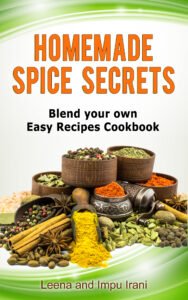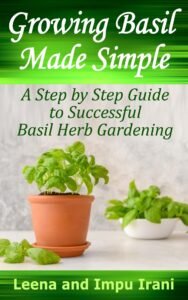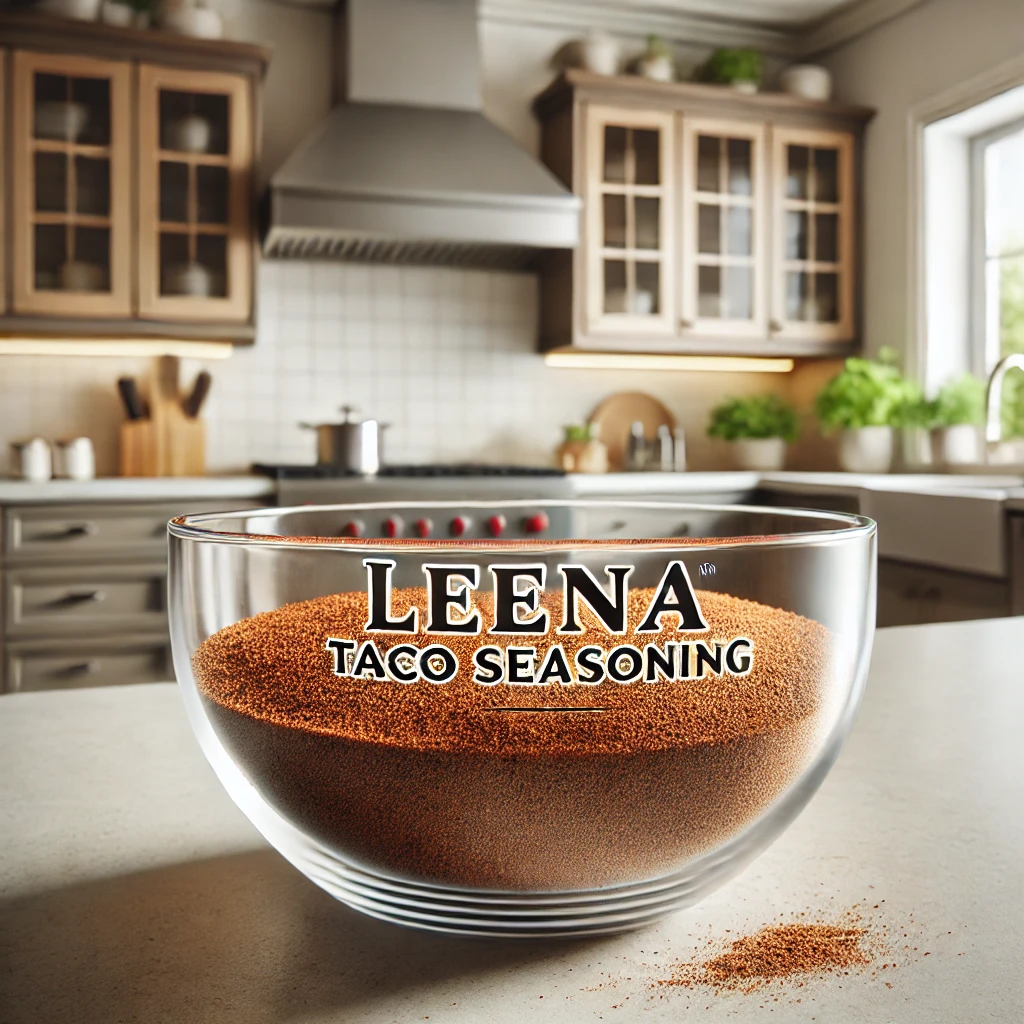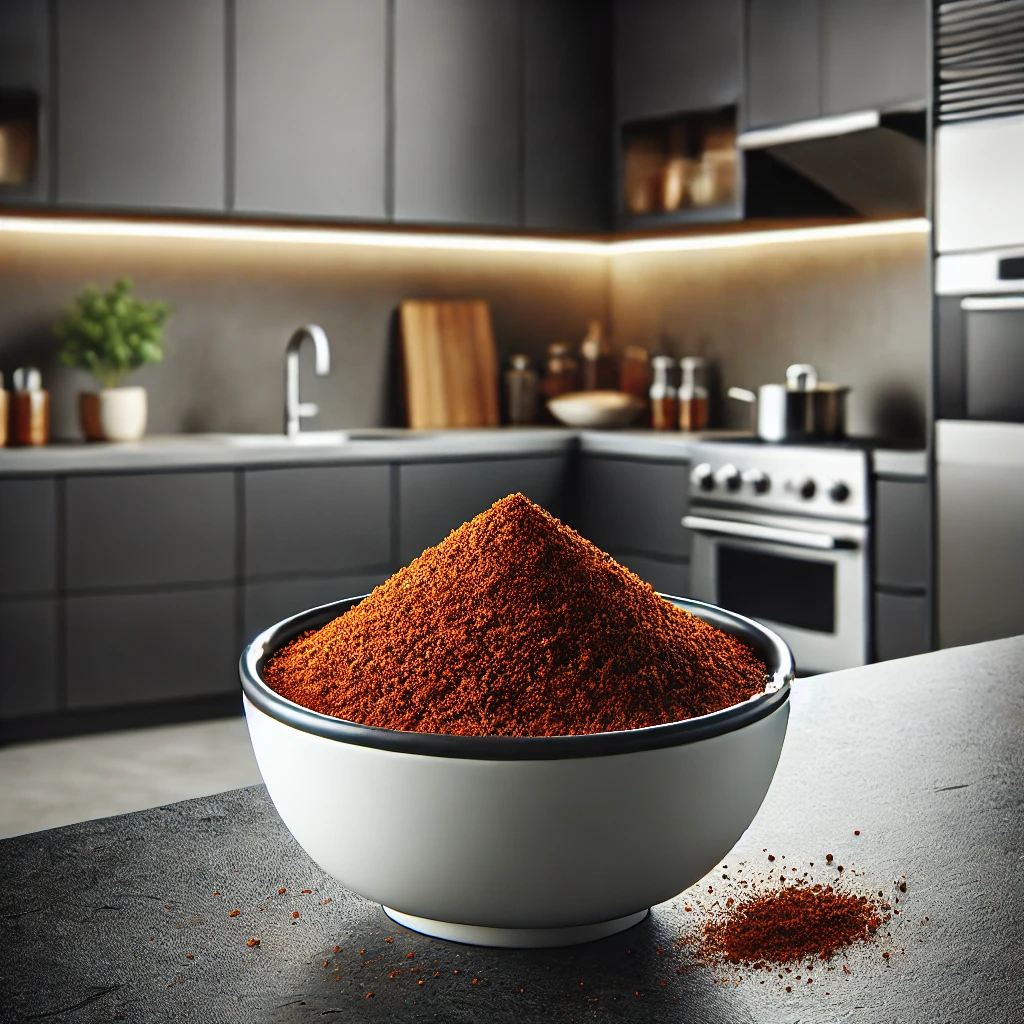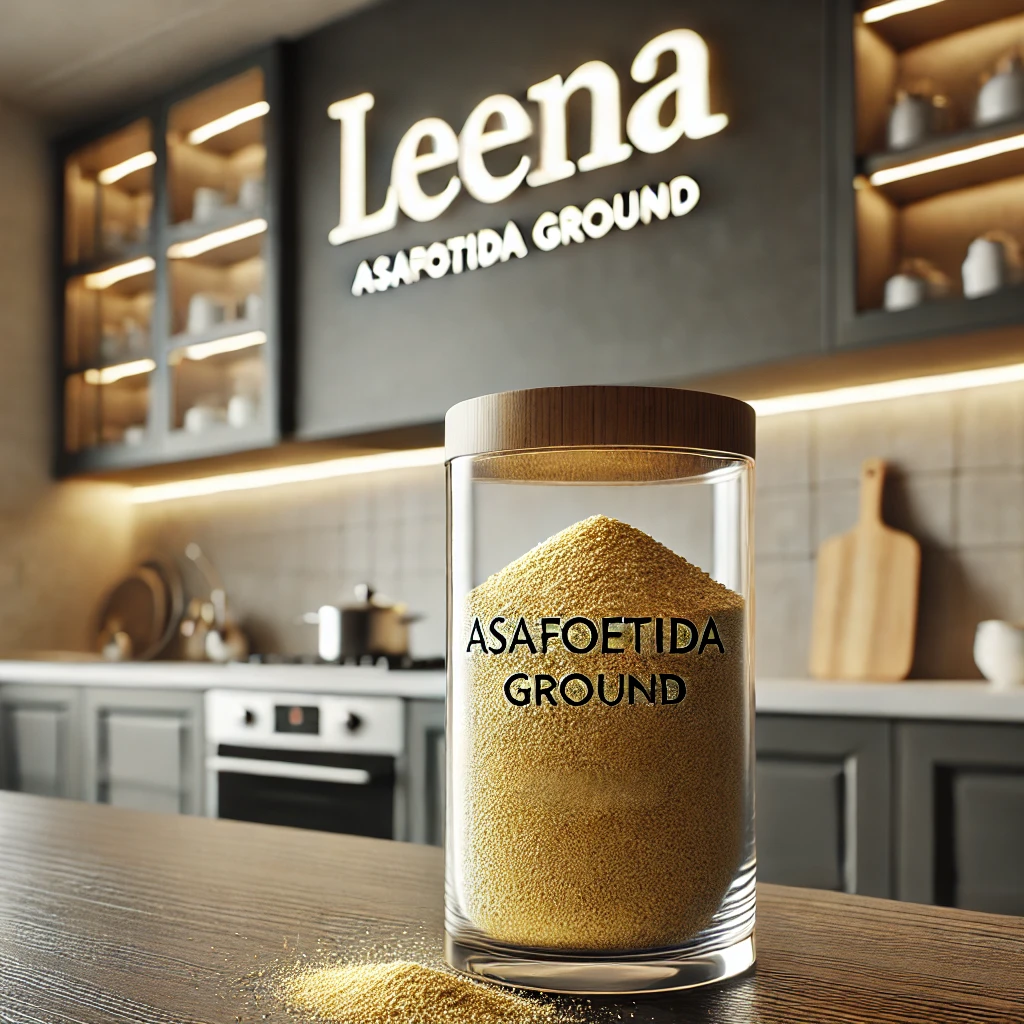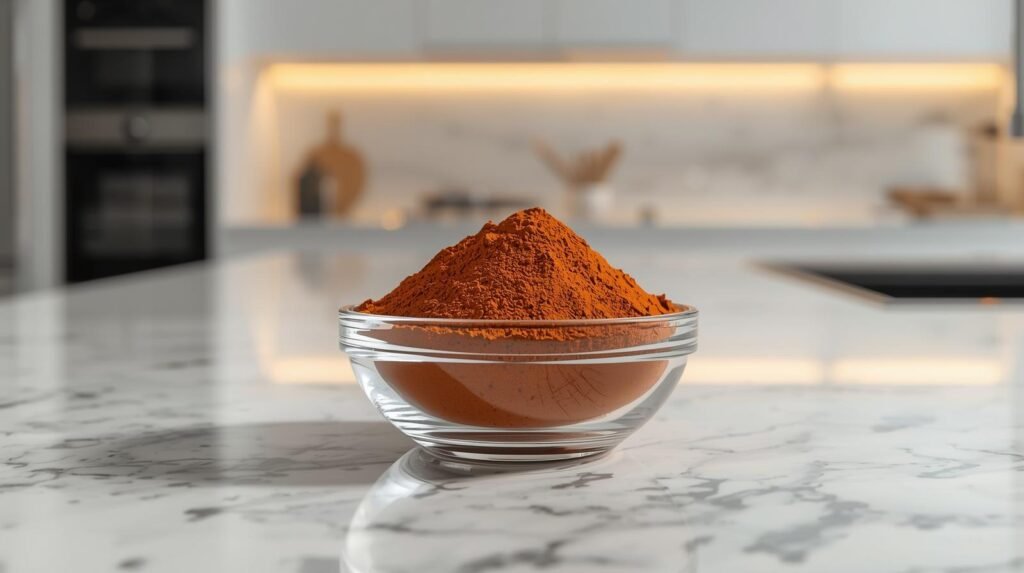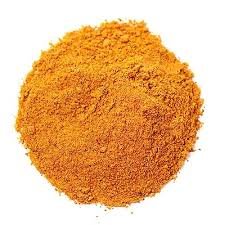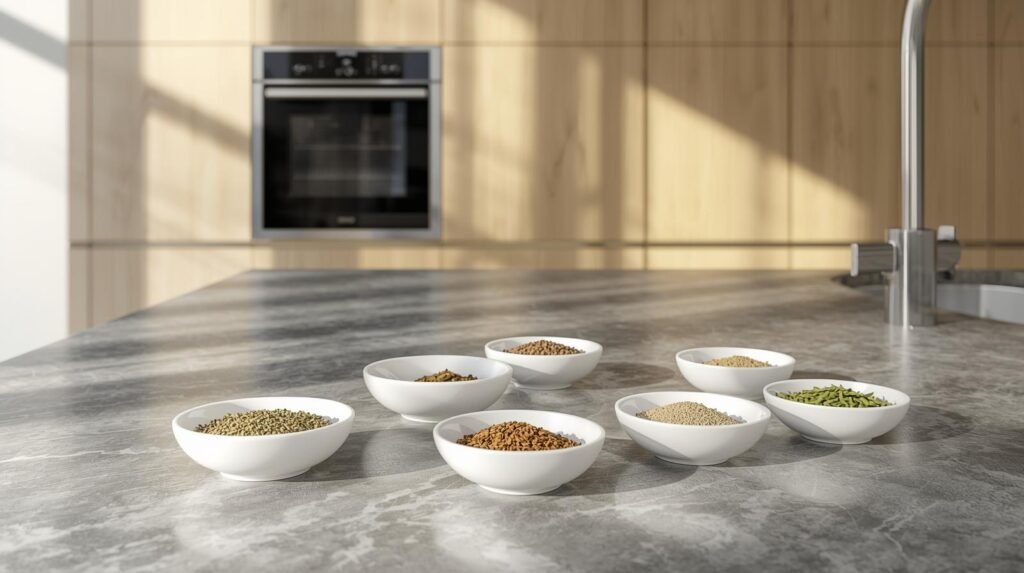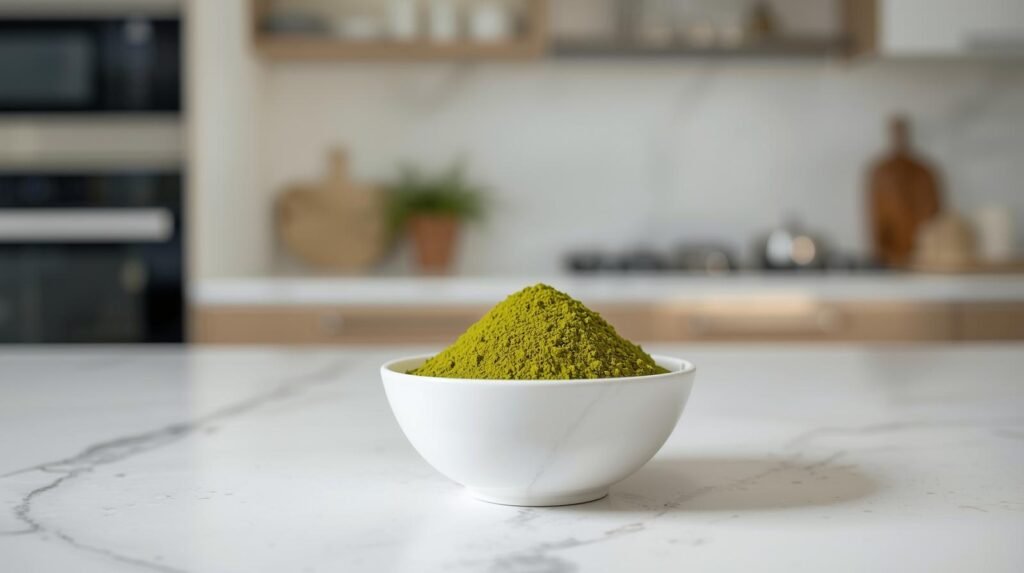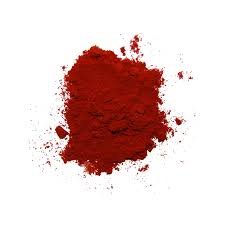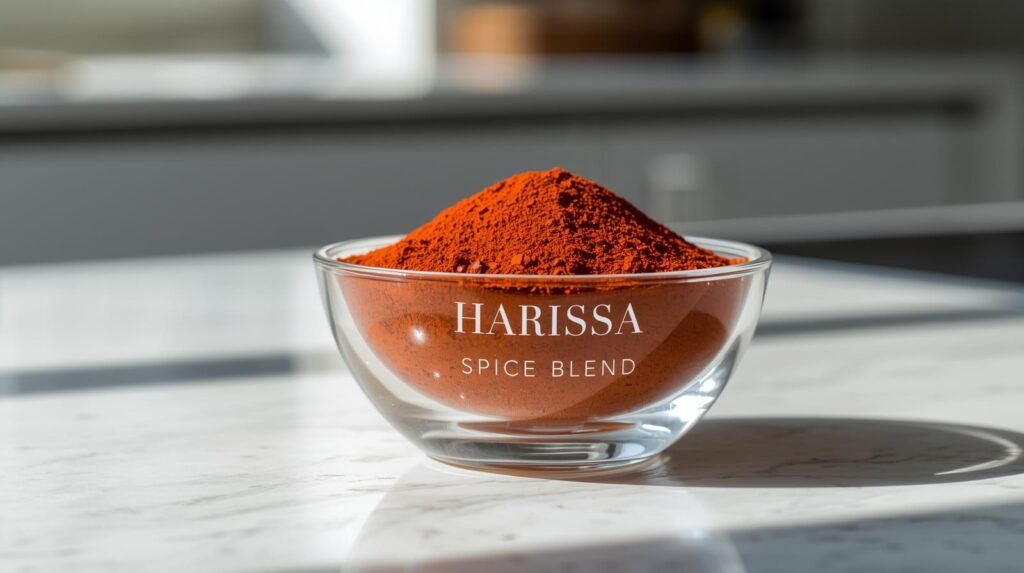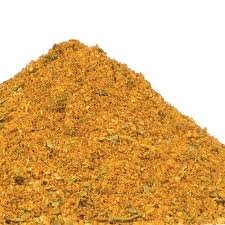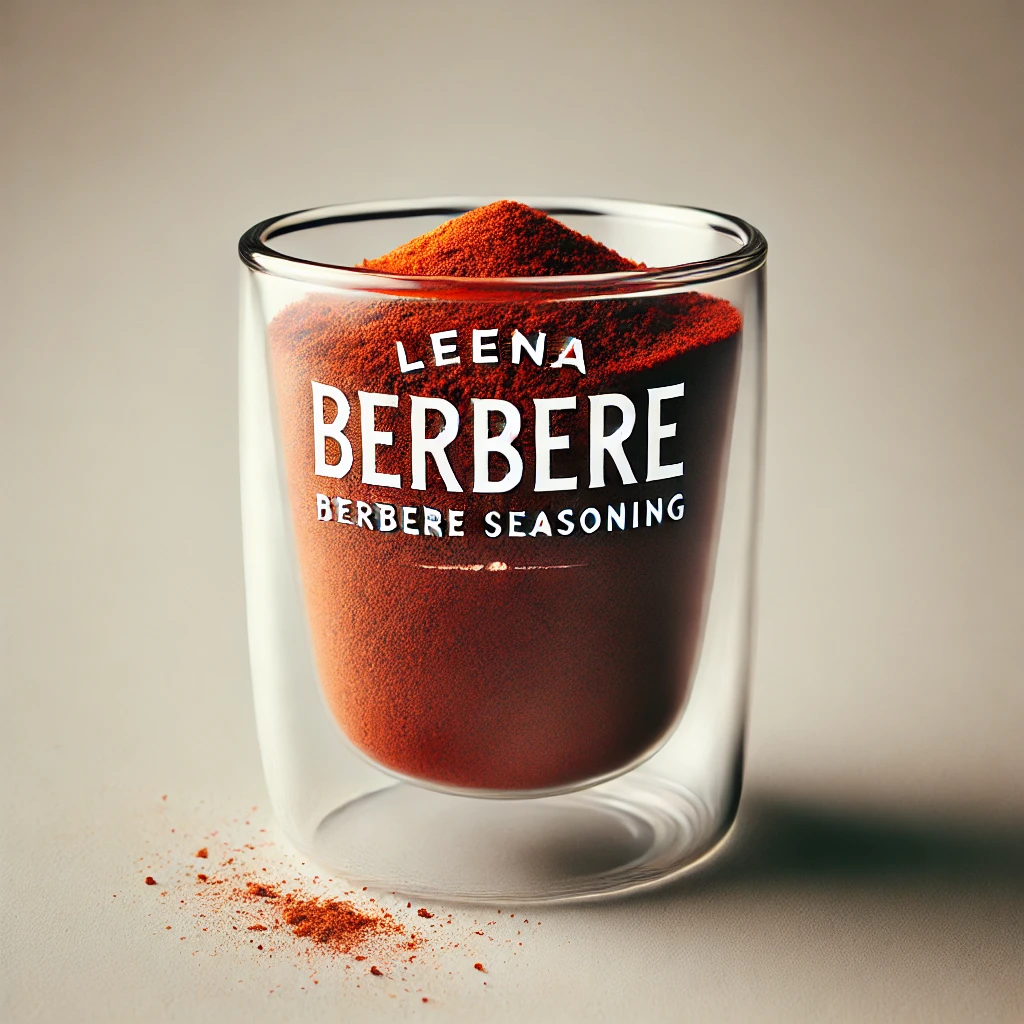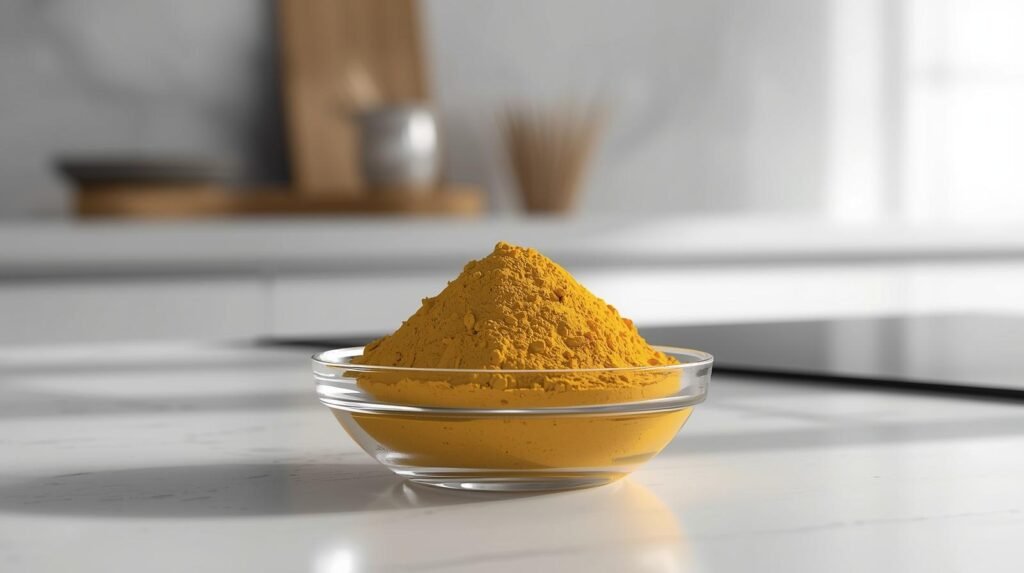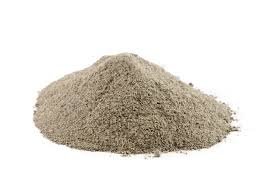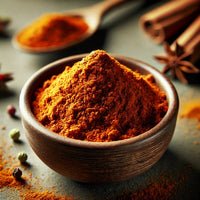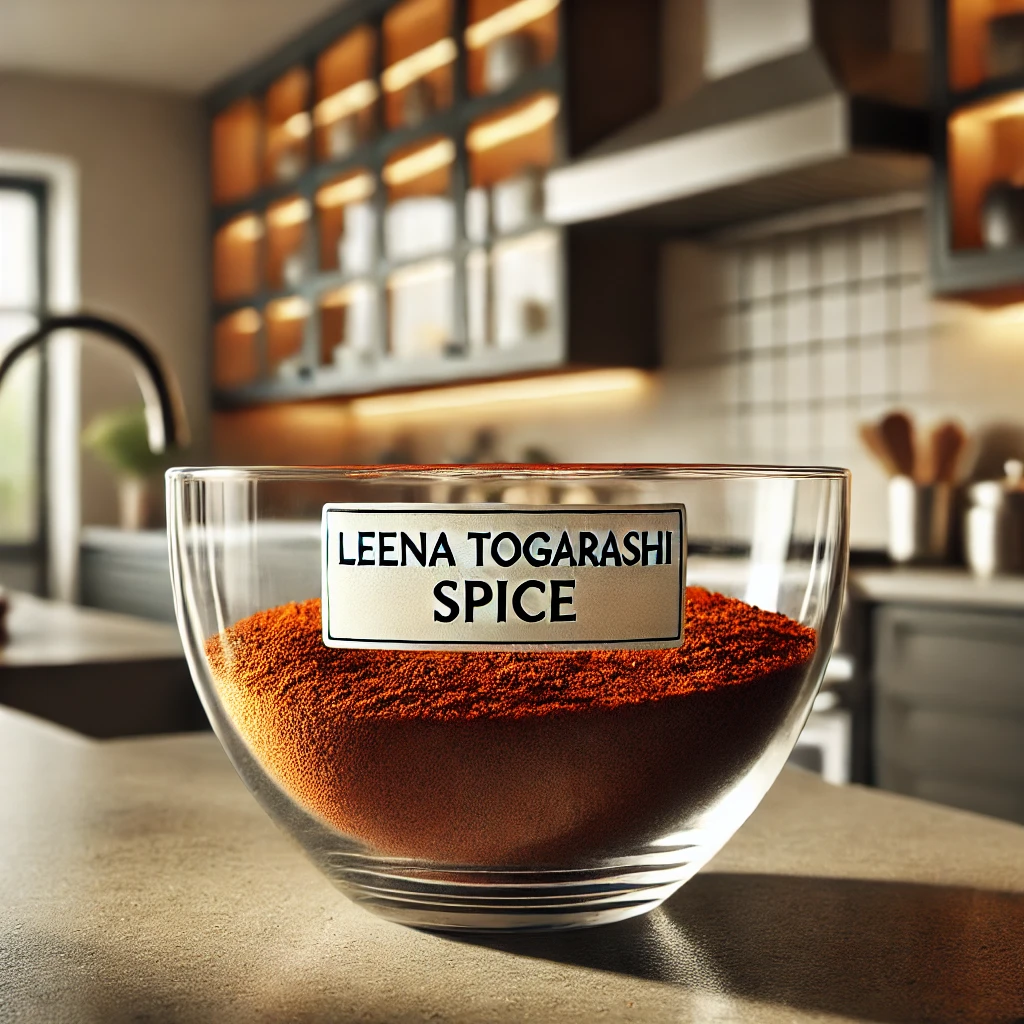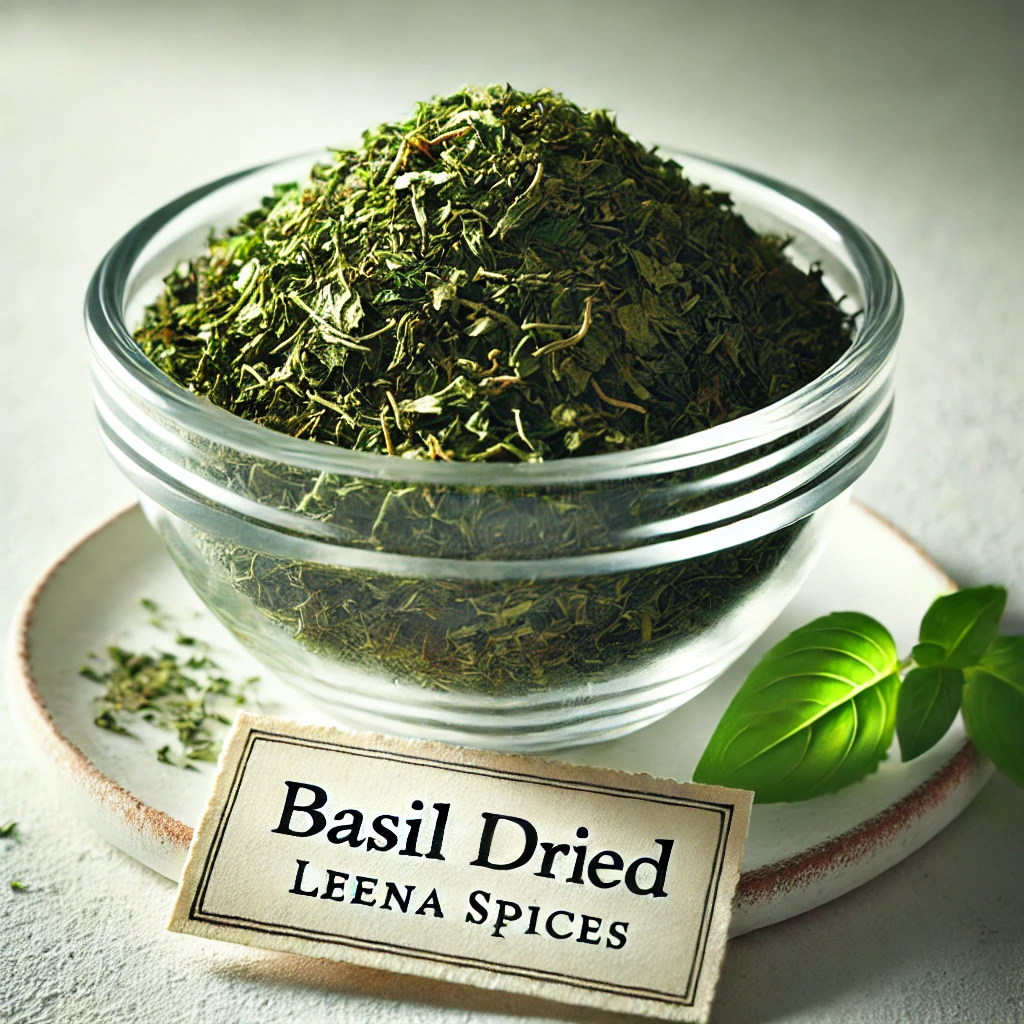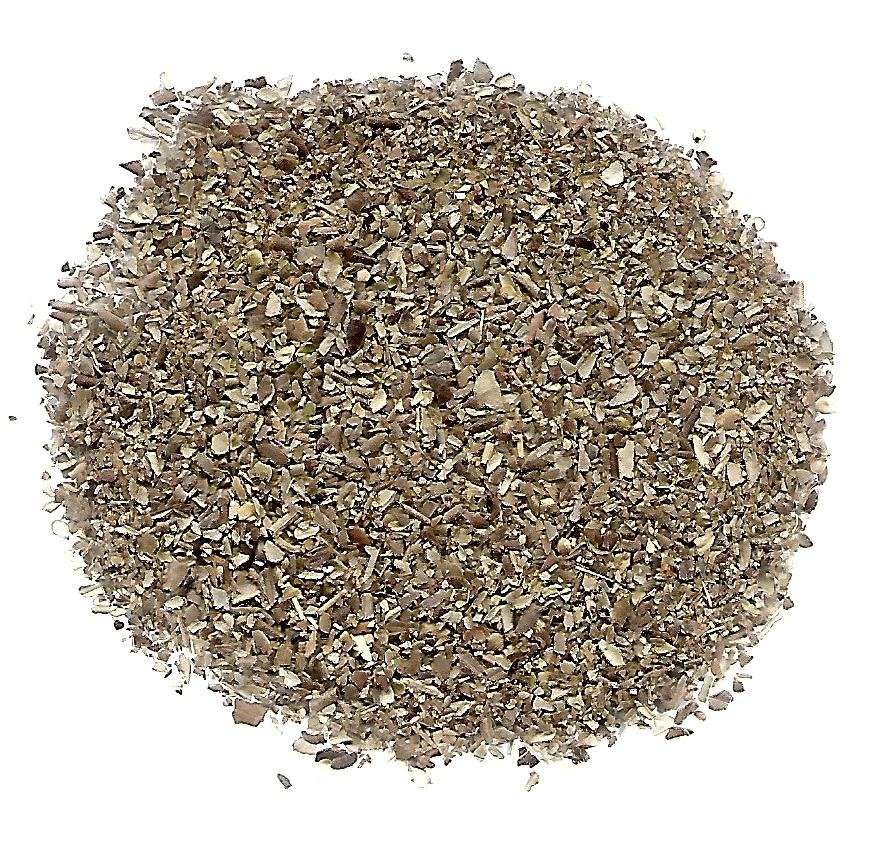1 Secret of Asian Spice Blend That Will Transform Your Cooking
Table of Contents
- Key Takeaways: Asian Spice Blends
- What is an Asian Spice Blend?
- What Does Asian Spice Taste Like?
- How to Make Your Own Asian Spice Blend at Home
- What Dishes Feature Asian Spice Blends?
- How to Use Asian Spice Blends in Cooking
- Easy Recipes Using Asian Spice Blends
- How to Store Your Asian Spice Blend
- Frequently Asked Questions (FAQs)
- Conclusion
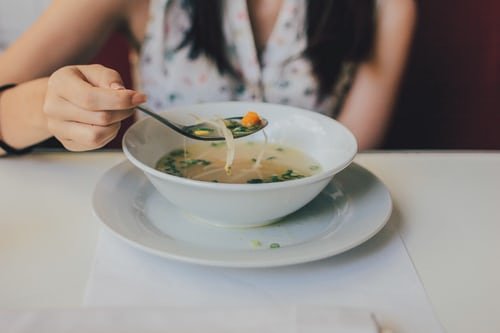
Key Takeaways: Asian Spice Blend
Q: What is an Asian spice blend?
A: It’s a mix of ground spices, herbs, and seasonings used across Asia to add depth, aroma, and complex flavor to dishes.
Q: How do Asian spice blends taste?
A: They are bold and layered, combining sweet, savory, spicy, umami, bitter, and sour notes. Each region offers a unique flavor profile—from warm and aromatic to citrusy, sweet-savory, or herby and tangy.
Q: Can I make it at home?
A: Yes. Homemade blends allow you to customize flavors, experiment with regional profiles, and ensure freshness.
Q: How can I use Asian spice blends?
A: Use them as dry rubs, in marinades, while sautéing or blooming in oil, as seasoning during cooking, or as a finishing touch to enhance any dish.
Q: How should I store them?
A: Keep blends in airtight containers, away from heat, light, and moisture. They stay fresh and aromatic for 3–4 months.
What is an Asian Spice Blend?
An Asian spice blend is a carefully balanced mixture of ground spices, herbs, and seasonings used to enhance the flavor and aroma of Asian dishes. These blends are not fixed recipes but rather diverse combinations that reflect the culinary traditions of different regions.
Depending on the blend, the flavors may lean sweet, savory, spicy, or rich in umami. Common spices found in Asian blends include ginger, garlic, coriander, cumin, cinnamon, pepper, star anise, fennel, turmeric, and chili. The proportions and pairings vary greatly, resulting in blends designed for specific dishes like curries, stir-fries, noodle soups, or marinades.
In short, an Asian spice blend is not a single universal recipe but a category of spice mixtures that captures the diversity, depth, and complexity of Asian cooking.
What Does Asian Spice Taste Like?
Asian spices and blends are known for their bold, aromatic, and complex flavors. Rather than being defined by one single taste, they bring together layers of sweet, salty, spicy, umami, bitter, and sour notes. The exact flavor depends on the region, ingredients, and proportions used in the blend.
To give you a sense of the variety, here are some common taste profiles found in different parts of Asia:
- Warm & Aromatic (South Asia)
These blends, such as traditional masalas, are earthy, slightly sweet, and often smoky, with a gentle or fiery heat. They create a cozy, hearty depth that makes curries and stews so comforting. - Spicy & Citrusy (Southeast Asia)
Characterized by chilies, lemongrass, lime peel, or galangal, these blends are hot, fresh, and zesty, balanced with a touch of sweetness. The flavor is bright and punchy, leaving a refreshing lift on the palate. - Sweet-Savory with Licorice Notes (East Asia)
Here, spices like star anise and fennel deliver a blend of sweet, bitter, salty, and sour flavors. The result is a sweet-scented warmth that enhances roasted meats, braises, and stir-fries. - Herby & Tangy (Middle Eastern and Central Asian Influence)
These blends combine savory herbs with nutty, tangy, or lightly sour undertones, often brightened by citrus-like notes. They add an earthy yet refreshing character to grilled and roasted dishes.
In essence, Asian spice blends are not simply “spicy hot.” They are layered and multidimensional floral, citrusy, sweet, peppery, or tangy, often combining several flavor sensations in one harmonious mix.
How Do I Make My Own Asian Spice Blend at Home?
Making your own Asian spice blend is a great way to capture the bold, layered flavors of Asian cooking in a single jar. This recipe brings together a variety of spices, herbs, and aromatics, balancing warmth, freshness, and depth. You can use it to season stir-fries, soups, curries, or marinades.
Ingredients
- Basil – 3 g
- Green cardamom – 1 g
- Chives – 3 g
- Cilantro (dried) – 1 g
- Cinnamon quill – 3 g
- Coriander seeds – 16 g
- Cumin seeds – 16 g
- Fennel seeds – 8 g
- Garlic powder – 8 g
- Ginger powder – 3 g
- Kaffir lime leaves (dried) – 2 g
- Lemongrass (dried) – 8 g
- Paprika – 8 g
- Star anise – 3 g
- Turmeric powder – 8 g
- White pepper – 1 g
- Black sesame seeds – 8 g
Method
- Lightly toast the coriander, cumin, fennel, cinnamon, star anise, and sesame seeds in a dry pan over low heat until fragrant. This step enhances their flavor.
- Let the toasted spices cool, then grind them into a fine powder using a spice grinder or mortar and pestle.
- Combine the ground spices with the remaining powdered and dried ingredients. Mix thoroughly to ensure even blending.
- Store your homemade Asian spice blend in an airtight glass jar, away from heat and sunlight. It will keep its freshness for up to 3–4 months.
Tip: This recipe is a starting point. Feel free to adjust the proportions to highlight flavors you enjoy most by adding more chili for heat, or extra citrus elements like kaffir lime for brightness.
What Dishes Feature Asian Spice Blends?
Asian spice blends are incredibly versatile and appear in a wide variety of dishes across different cuisines. They are commonly used in:
- Stir-fries: Add depth and aroma to vegetables, tofu, or meats cooked quickly over high heat.
- Fried rice and noodles: Infuse each grain or noodle strand with rich, layered flavors.
- Curries and stews: Provide warmth, complexity, and signature regional notes.
- Braised and roasted meats: Enhance tenderness while imparting aromatic richness.
- Marinades: Intensify flavor before grilling, roasting, or pan-searing.
- Noodle soups and broths: Create a fragrant base that carries both heat and subtle sweetness.
- Bao buns and dumplings: Add a nuanced layer of spice to fillings.
- Roasted or grilled vegetables: Transform simple vegetables into bold, flavorful dishes.
What Are Some Easy Recipes Using Asian Spice Blend?
Asian spice blends are versatile and can transform simple ingredients into flavorful dishes. Here are some easy recipes to get started:
- Spiced Stir-Fried Vegetables
- Heat oil in a pan and add your favorite vegetables.
- Sprinkle 1–2 teaspoons of your Asian spice blend and sauté until tender.
- Finish with a dash of soy sauce or sesame oil for extra aroma.
- Marinated Grilled Chicken
- Mix 2 tablespoons of the spice blend with oil, garlic, and soy sauce.
- Coat chicken pieces and let marinate for 30–60 minutes.
- Grill or roast until cooked through for a fragrant, flavorful meal.
- Asian-Spiced Rice
- Cook rice as usual, then stir in 1 teaspoon of the spice blend while still warm.
- Add sautéed vegetables, a fried egg, or tofu for a quick, satisfying dish.
- Spicy Noodle Bowl
- Cook noodles and toss with sautéed vegetables or protein.
- Season with 1–2 teaspoons of the spice blend, soy sauce, and a splash of lime juice.
- Garnish with fresh herbs like cilantro or chives for extra brightness.
- Roasted Vegetables or Tofu
- Toss vegetables or tofu with oil and 1–2 teaspoons of the spice blend.
- Roast in the oven at 200°C (400°F) until golden and crisp.
- Serve as a side dish or over grains for a wholesome meal.
Tip: Start with small amounts, as Asian spice blends are potent. You can always add more to adjust the flavor to your taste.
Related Posts You May Like
How to Make the Perfect Rendang Spice Blend: A Step-by-Step Guide for Home Cooks
Thai Green Spice Blend Uncovered: 9 Secrets to Make, Use, and Store It Like a Pro
Discover 9 Irresistible Ways Togarashi Can Transform Your Japanese Dishes
29 unique recipes and creative ways to use cinnamon sticks in cooking
How Do You Use Asian Spice Blend in Cooking?
Asian spice blends are a versatile way to add depth, aroma, and complexity to your dishes. They can be used at different stages of cooking to build layers of flavor. Here’s how to use them effectively:
- Dry Rubs
Apply the spice blend directly to meats, poultry, or even vegetables before roasting or grilling. The heat helps toast the spices, creating a flavorful, aromatic crust. - Marinades
Combine the spice blend with wet ingredients like soy sauce, oil, garlic, ginger, or citrus. Marinate your protein for 30 minutes to a few hours to allow the flavors to penetrate and tenderize the food. - Blooming in Oil
Lightly toast whole or ground spices in hot oil at the beginning of cooking. This process, called blooming, releases fat-soluble flavor compounds, creating a fragrant and robust base for stir-fries, curries, soups, and sauces. - Seasoning During Cooking
Sprinkle spice blends into stir-fries, noodle dishes, or soups as they cook to infuse every bite with flavor. - Finishing Touch
Add a small amount of spice blend at the end of cooking to brighten the dish.
Tips for Using Asian Spice Blends
- Start with 1 teaspoon per pound of protein or 2 cups of vegetables, adjusting to taste.
- Toast blends briefly in a dry pan to enhance aroma before adding to dishes.
- Use sparingly—these blends are potent.
- Pair with complementary ingredients such as soy, garlic, ginger, or citrus to achieve authentic flavor.
By mastering these techniques, you can elevate simple ingredients into dishes with bold, multi-layered Asian flavors.
How Do I Store Asian Spice Blend?
Proper storage is key to keeping your homemade Asian spice blend fresh, flavorful, and aromatic.
- Use an airtight container: Glass jars or food-grade plastic containers with tight-fitting lids work best to prevent moisture and air from affecting the spices.
- Keep it cool and dark: Store your spice blend in a cupboard or pantry away from direct sunlight, heat, or humidity. Avoid placing it near stoves, ovens, or windows.
- Avoid refrigeration: Most dried spice blends do not require refrigeration and can absorb moisture or odors if kept in the fridge.
- Label and date: Mark the jar with the name of the blend and the date it was made. This helps you keep track of freshness.
- Shelf life: Homemade spice blends are most flavorful within 3–4 months. Over time, the aroma and potency of the spices will gradually diminish.
Tip: To revive the aroma of your blend before cooking, you can briefly toast it in a dry pan over low heat. This refreshes the flavors and releases essential oils.
Frequently Asked Questions About Asian Spice Blend
Can I make my own Asian spice blend at home?
Absolutely! Combine ground spices, dried herbs, and aromatics, adjusting proportions to suit your taste and the dishes you cook. Homemade blends are fresher, more flavorful, and fully customizable.
How long does an Asian spice blend last?
When stored in an airtight container away from heat, light, and moisture, a homemade blend remains at its best for 3–4 months. After that, the aroma and potency gradually fade.
Can I use an Asian spice blend in any cuisine?
While these blends are designed for Asian dishes, they are versatile. They work well in roasted vegetables, soups, marinades, grilled meats, and even fusion dishes, adding depth and aroma.
Do I need to toast the spices before using the blend?
Toasting is optional but recommended. Lightly toasting whole or ground spices releases essential oils, enhancing aroma and flavor, especially in stir-fries, curries, and dry rubs.
How should I adjust the spice level?
Start with small amounts since Asian spice blends are potent. You can gradually increase to taste. Pairing the blend with ingredients like soy, garlic, ginger, or citrus helps balance the flavors.
Conclusion
Asian spice blend are a gateway to the rich, diverse, and aromatic world of Asian cooking. Whether used as a dry rub, in a marinade, to season a stir-fry, or as a finishing touch, these blends bring depth, complexity, and authentic flavor to any dish. Making your own blend at home allows you to customize flavors, experiment with regional profiles, and elevate everyday meals into memorable culinary experiences. By understanding their taste, application, and storage, you can confidently incorporate Asian spice blends into your cooking and enjoy the vibrant essence of Asia in every bite.
